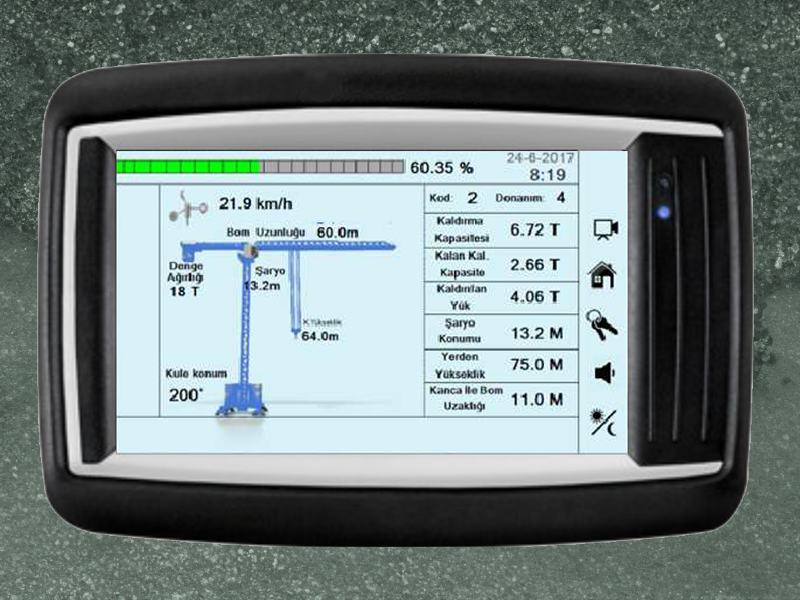
Mastering Load Management: Ensuring Tower Crane Safety in Construction
In the dynamic realm of construction, where towering structures come to life, the safe and efficient operation of tower cranes hinges on an essential aspect: load management. This article delves into the critical importance of load management in tower crane safety, exploring the intricacies of understanding load capacity, factors influencing load stability, and the practices that safeguard against potential risks.
- Understanding Load Capacity:
At the core of tower crane safety lies a profound comprehension of load capacity. Every lift must adhere to the crane's specified load capacity, a limit set by the crane manufacturer and outlined in load charts. Crane operators are tasked with interpreting these charts meticulously to ensure that the weight and dimensions of the load fall within the safe operating parameters.
- Factors Influencing Load Stability:
Achieving load stability is a delicate balancing act that involves considering various factors to prevent accidents and ensure smooth lifts.
-
Load Positioning: Proper positioning of the load on the crane hook is critical for stability. An off-center load can lead to imbalance and compromise the crane's structural integrity.
-
Environmental Conditions: Wind, weather, and the operating environment can influence load stability. Crane operators must factor in these conditions, adjusting their approach to maintain control during lifts.
-
Boom Configuration: The configuration of the crane's boom affects stability. Understanding the impact of boom length and angle on load capacity is essential for safe and efficient operations.
- Safe Lifting and Load Distribution Practices:
Beyond understanding load capacity and stability factors, safe lifting practices are imperative to tower crane safety.
-
Slow and Controlled Movements: Crane operators must execute lifts with slow, controlled movements to prevent sudden shifts in the load, reducing the risk of swinging or instability.
-
Avoiding Overloading: Adhering to load capacity limits is non-negotiable. Overloading is a leading cause of crane accidents, emphasizing the importance of precise load management.
-
Communication with Ground Personnel: Effective communication between crane operators and ground personnel is vital for safe lifts. Clear signals and coordination ensure that everyone is aware of the lifting process and can respond appropriately.
- Load Monitoring Technology:
Advancements in technology have introduced load monitoring systems that provide real-time data on the load's weight and position. These systems enhance load management by offering immediate feedback to crane operators, allowing them to make informed decisions during lifts.

- Continuous Training for Operators:
Ensuring tower crane operators receive continuous training is paramount. Ongoing education on load management practices, advancements in technology, and updates on safety protocols empowers operators to navigate evolving construction challenges with competence and vigilance.
In the intricate ballet of construction, where tower cranes lift dreams to new heights, load management emerges as a linchpin of safety and efficiency. By fostering a deep understanding of load capacity, embracing safe lifting practices, and leveraging technology for real-time monitoring, the construction industry ensures that each lift is a testament to precision and safety. As structures rise against the skyline, the commitment to mastering load management ensures that the ascent is not only spectacular but also secure.



